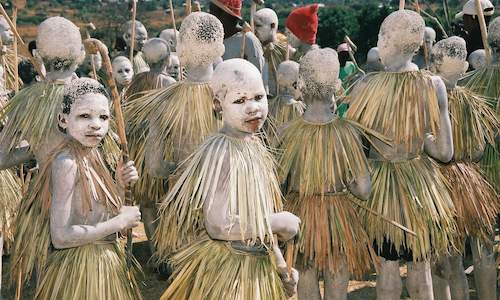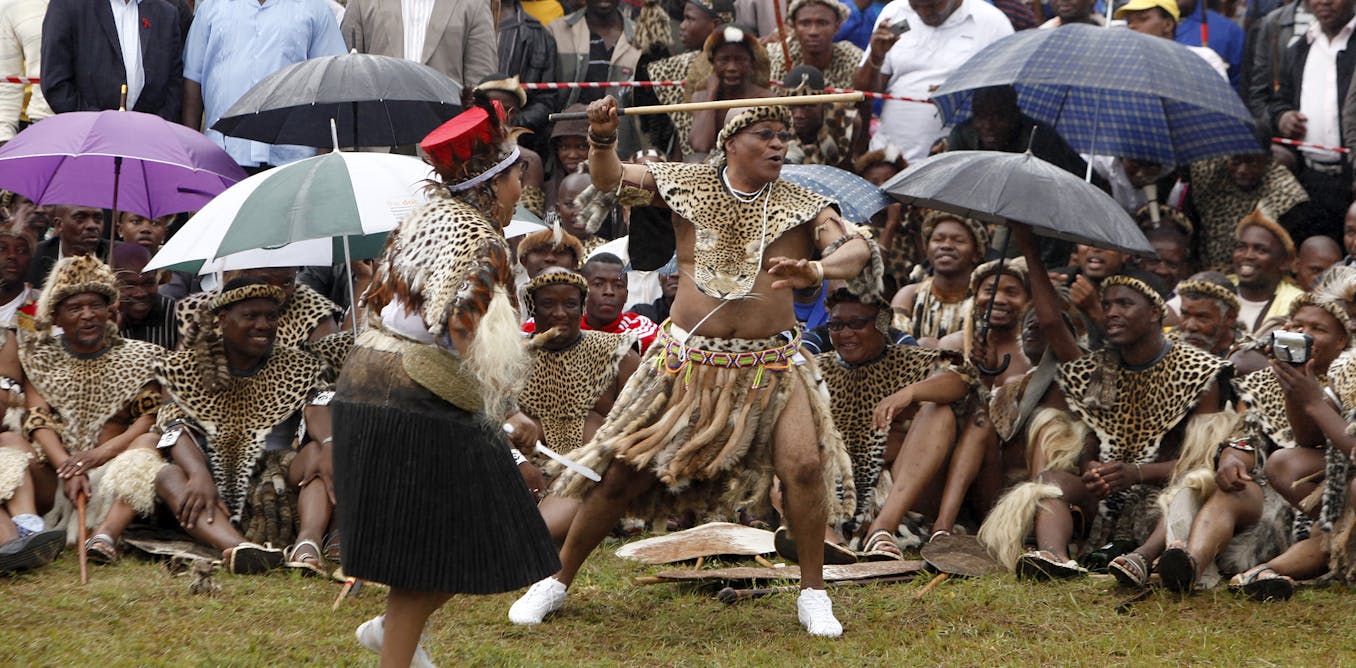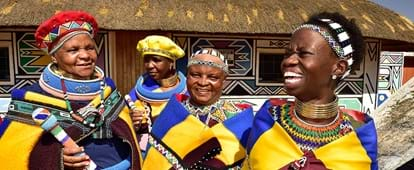Not known Incorrect Statements About South African Culture Today
6 Simple Techniques For South African Culture Today
Table of ContentsNot known Details About South African Culture Today Indicators on South African Culture Today You Need To KnowNot known Details About South African Culture Today Everything about South African Culture TodayAll about South African Culture TodaySome Known Facts About South African Culture Today.
A matter of value in Zambian towns is the passing away of enjoyed ones. All participants of the town placed money, time and initiative together for the funeral of the deceased.Music and dance is a really vital element of the Zambian culture. The different tribal units have their own dancing types; nevertheless, makishi is typical amongst all people.
Some Ideas on South African Culture Today You Should Know
When it comes to songs, drums are used one of the most, with a selection of drumming ceremonies. In Zambia, majority of the individuals are Christian; Protestant and Roman Catholic. There are small groups of Muslims and Hindus, with the rest following local native tribal ideas.

South African heritage and society is immensely varied, and contains lots of various groups of people that each have their very own customs and ideas. Having such a variety of people and societies is what makes South Africa so one-of-a-kind. In real sense of the expression, we are a rainbow country.
South Africa has roughly three hundred thousand Portuguese individuals living in it. Making it the 7th on the list of nations with the most Portuguese individuals in it beyond Portugal. Portuguese is not only a society, yet it is likewise a language and a nationality. Portuguese individuals originate from the country of Portugal in Europe, nonetheless, because of Portugal (like many various other countries in Europe) checking out the world and overcoming other nations throughout the 15th 20th centuries, South Africa has what we call Portuguese South African's living in it.
South African Culture Today for Beginners
Amongst the prominent functions of the topography is a plateau that covers virtually two thirds of the facility of the nation. The plateau complex increases towards the southeast, where it climaxes in the Drakensberg array, component of a cliff that separates the plateau from the coastal areas. The Drakensburg consists of Sparkling wine Castle, the highest top in the nation.
The area north of the Witwatersrand, called the bushveld, slopes downward from east to west toward the Limpopo River, which develops the global boundary. The western section of the plateau, the middleveld, likewise descends in the direction of the west and differs in altitude between the highveld and bushveld. In between the Drakensburg and the eastern and southerly coast, the land comes down to the sea.
Nearer the shore there is a low-lying level called the eastern lowveld. Southwest of the plateau the nation becomes considerably extra dry, giving way to the stony desert of the Great Karroo, verged on the east by the lower, better sprinkled plateau of the Little Karroo. Separating the dry southern interior from the sandy littoral of the southerly coast and West Cape is another range, the Langeberg.
The smart Trick of South African Culture Today That Nobody is Discussing
The nation's racially, ethnically, and politically separated history has generated nationwide and subnational symbols that still function as icons of the country, and others symbols that are approved just by certain teams. The monoliths to white settler occupation and political dominance, such as the Afrikaner Voortrekker ("leader") Monolith in Pretoria and the Rhodes Monolith honoring the British colonial realm builder and Cape head of state Cecil Rhodes, continue to be sectarian signs.
The first modern-day citizens were the San ("bushman") hunter-gatherers and the Khoi ("Hottentot") peoples, that herded animals (South African culture today). The San may have been present for countless years and left proof of their existence in thousands of ancient cavern paints ("rock art"). Bantu-speaking clans that were the forefathers of the Nguni (today's amaZulu, amaXhosa, amaSwazi, and vaTsonga peoples) and Tswana-Sotho language Clicking Here groups (today's Batswana and Southern and Northern Basotho) migrated down from east Africa as very early as the fifteenth century

The 2 previous republics of the Orange Free State and Transvaal (South African Republic) were established by Afrikaner settlers who beat and dispossessed the Basotho and Batswana. Lesotho would certainly have been by force included right into the Orange Free State without the extension of British defense in 1869. The best marriage of the nation arised from the South African Battle (18991902) between the British and the 2 Afrikaner republics, which lowered the nation to ruin at the beginning of the twentieth century.
Afrikaners historically considered themselves the only real South Africans and, while providing complete citizenship to all residents of European descent, denied that standing to individuals of shade till the autonomous shift of 1994. British South Africans maintain a sense of cultural and social connection to Great Britain without damaging their identification as South Africans.
All about South African Culture Today
The variety and fragmentation within ethnic groupings and the equilibrium of stress in between those teams during the twentieth century avoided interethnic civil conflict. While intergroup stress over resources, entitlements, and political supremacy remain, those problems are as likely to match Zulu against Zulu as Zulu against Xhosa or African versus Afrikaner.
From colonial India, British vendors and administrators brought the rounded metal decorative roofings and slender shoelace work columns that still represent the verandas of homes in communities and cities throughout the nation. Holy places add an important building aspect even in the tiniest towns. you could look here In enhancement to the skyrocketing steeples and classic stonework of Afrikaans Dutch Reformed churches, Anglican churches, synagogues, mosques, and Hindu temples offer selection to the religious building scene.

Slaughtering and the developing of typical cereal beer are important in protecting the engagement and a good reputation of the ancestors who are considered the guardians of good luck, prosperity, and well-being. Indian communities maintain their indigenous culinary customs and use them on Islamic and Hindu ritual and ceremonial events. Afrikaners and Coloured people collect at weekends and unique events at multifamily bbqs called braais, where community bonds are enhanced.
Due to the fact that this was the key financial business of both black Africans and white homesteaders, dispute in between those teams focused on the belongings of grazing land and livestock. In 1867, the largest diamond down payments on the planet were discovered at Kimberley in the west central location. The riches from those areas aided fund the exploitation of the best gold coral reef worldwide, which was found on the Witwatersrand in 1886.
Rumored Buzz on South African Culture Today
This led to misconceptions and deliberate misstatement in the transactions of white settlers and federal government officials with African principals during the early american duration (South African culture today). In the establishment of African gets, some elements of public and primarily "tribal count on" land tenure were maintained, and even in white country locations, kinds of common tenure were still exercised in areas with African areas
After the democratic change of 1994, programs for useful site land restitution, redistribution, and reform were set up, yet progression has been sluggish. The white minority still controls eighty percent of the land. In the wake of farming land intrusions in Zimbabwe, the Department of Land Matters has promised to speed land redistribution.